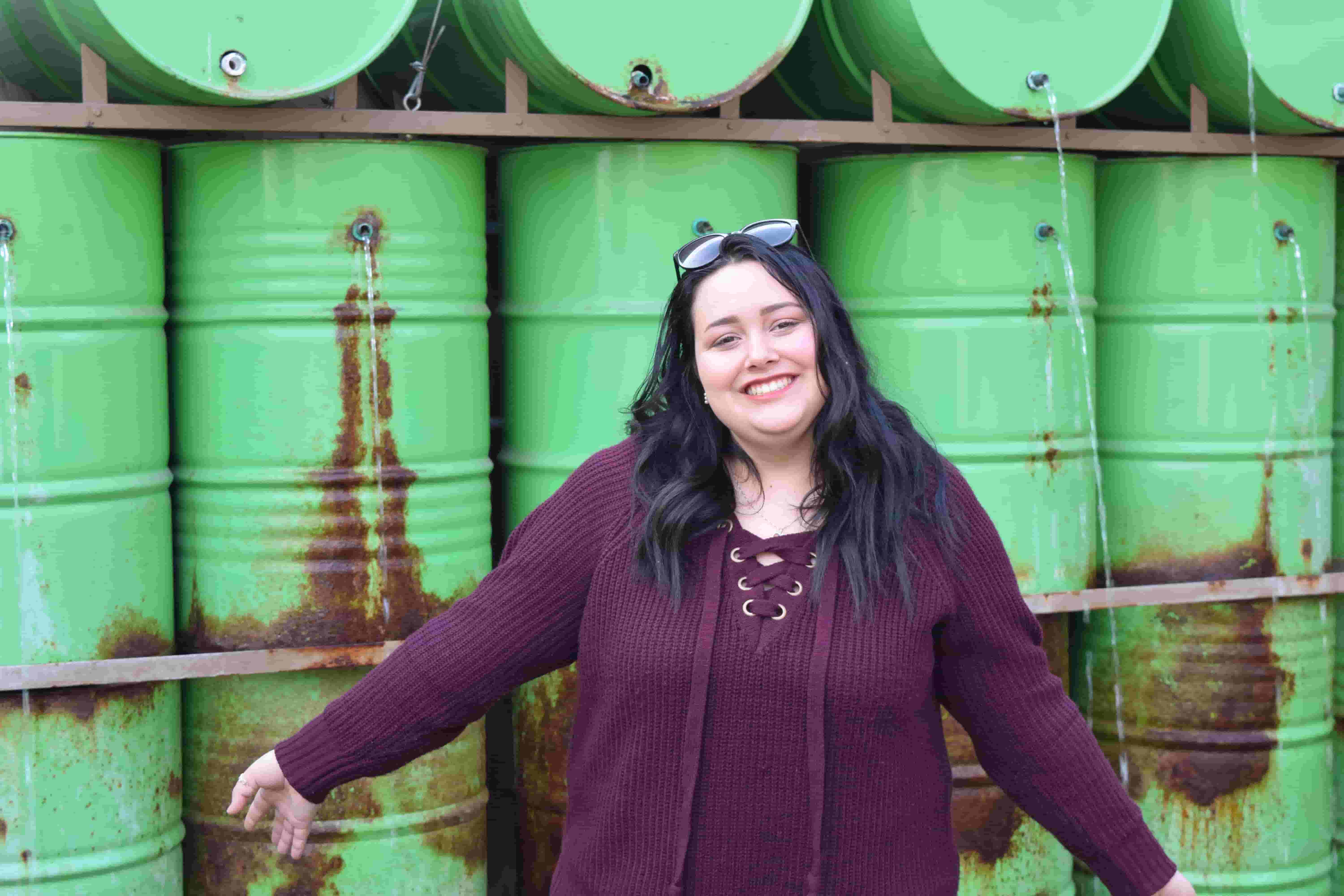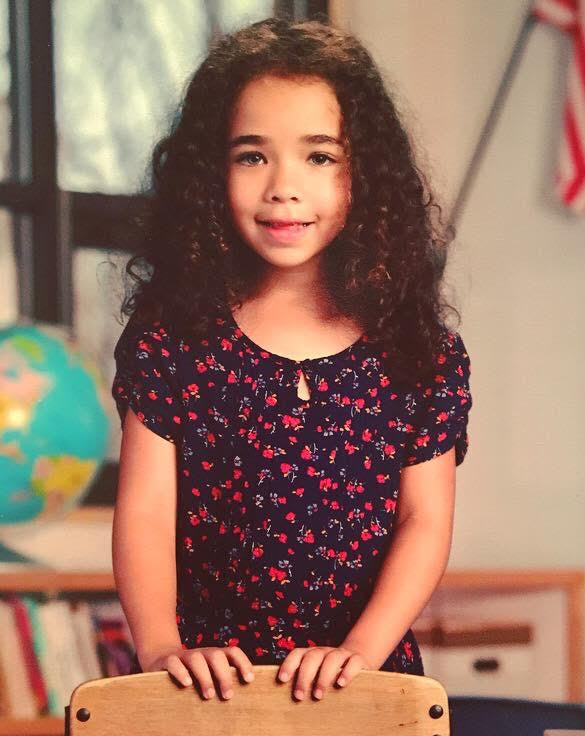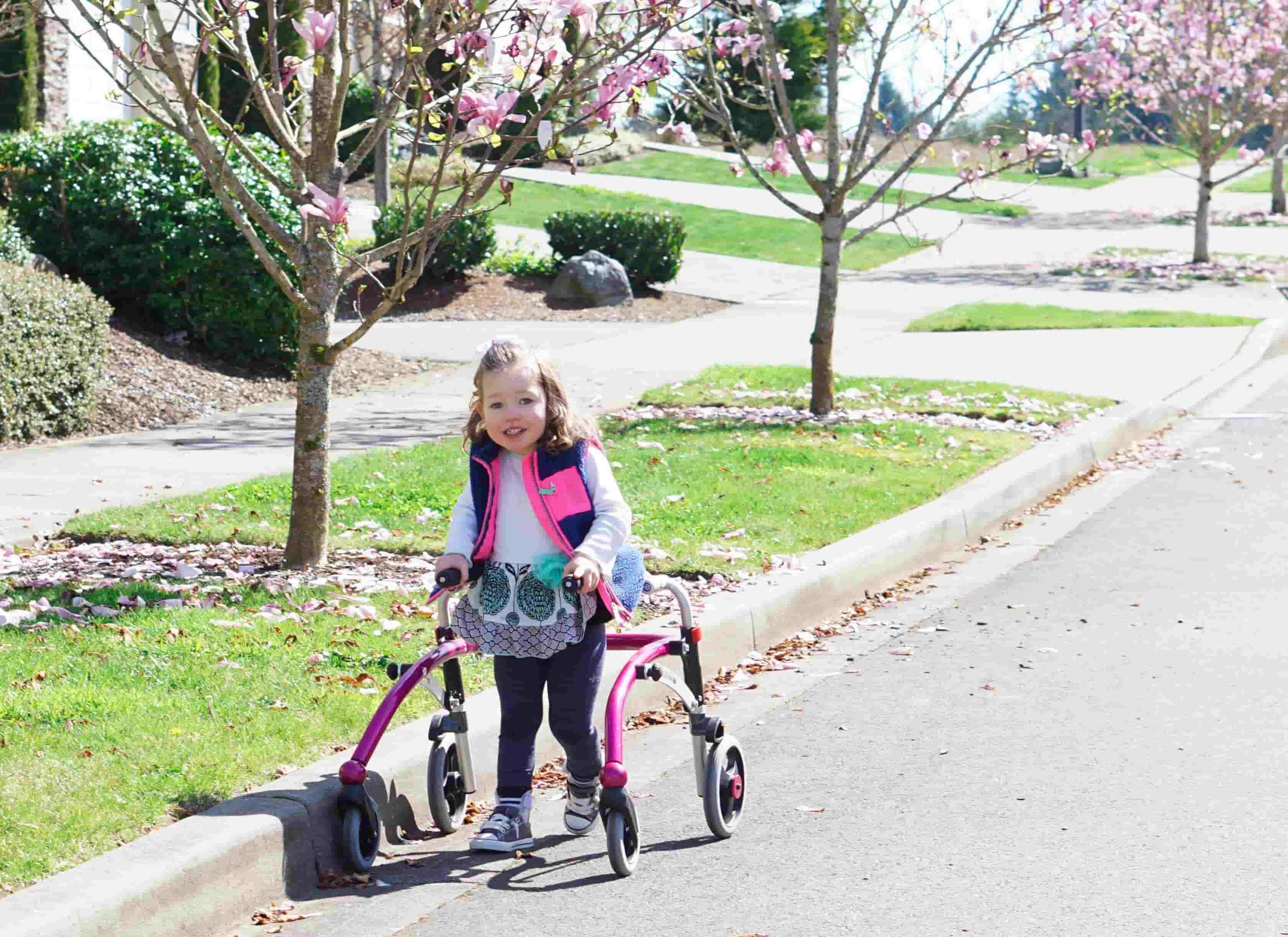Just Because a Disease Is Rare Doesn't Mean It Isn't As Real
Raise your hand if you know of someone with a rare disease- Did you raise yours? I thought you may have.
A disease is classified rare when it affects fewer than 200,000 people. There are approximately 7,000 rare diseases and 1 in 10 Americans are affected by one. When I thought about Rare Disease Day, I was reminded of my own. In my early 20’s, I was diagnosed with Fibrolamellar Hepatocellular Carcinoma, a rare liver cancer. For many years, I’ve spent time advocating for my type. This year, I wanted to share others stories.
One day, Cheyenne, a healthy girl at age 10, became ill with a 105 fever, vomiting, a headache, sore throat, abdominal pain and muscle pain. Her pediatrician thought it was a virus. After a few days not better she returned back to the doctor. She was treated with antibiotics for a bacterial infection. 23 days later, she was better and less then a month was sick again. This went on for a while, sick for a month, and sick the next month.
Two years in and out of the hospital, one trip to the ER, and even a minor stroke, recovered fully. Days spent in neurologist, cardiologist, and psychologist offices. She had blood tests, CAT scans, spinal taps, MRIs, checked for rare diseases, and inflammation markers-elevated. Her cardiologist mentioned seeing a rheumatologist at UCLA. At the visit with the rheumatologist, a genetic test was ordered, and steroids administered. “finally someone was listening”, her mother said. They were asked to wait patiently on results. 19 weeks later, the testing revealed Cheyenne had a rare periodic fever disease called Tumor Necrosis Factor Receptor-associated periodic syndrome ( TRAPS ). There’s no approved treatment for TRAPS, meaning no cure. Only the symptoms are treated.
At age 16, Cheyenne was given a medication called illaris. The regime was once a month injection. This was helpful getting her life back. She still would have a flare every two weeks. After much research and legwork the rheumatologist got it approved for an injection every two weeks. Cheyenne is now 18 years old. She attends a private online school to compromise her immune and reduce stress. She is still on the injection, and only had two flares in the past year. She is a senior in high school living a well life. Her family doesn’t know anyone else with this disease.
Cheyenne

Cheyenne's story reminds me of 6 year old Sophi, from Kansas. Shophi was diagnosed with a periodic fever too, PFAPA – Perodic Fever- Aphthous Stomatitis, Paryngitis, and Adenitis. She too has been to doctor-after-doctor. The only treatment has been time and rest while treating the symptoms. She has missed countless days of school, along with her mother missing work to be with her.
Sophi

A mother from Ocean Springs Mississippi, recently spoke to a group about her daughters rare disease, DIPG, a rare brain cancer. I listened by watching a live video. Hearing her speak, I learned in-depth how exhausting the affects a rare disease has on a family. Her daughters name was Sophia. Sophia gained her angel wings a year ago.
Have you heard of a pacemaker in your stomach? Me neither until I heard Laura’s story. Laura is a married mother who has a rare disease called gastroparesis. This disease affects the muscles of the stomach causing no way to properly digest food.
Rare Disease Day was first launched in Europe in 2008. In 2009 the US joined the movement. This day is meant to honor patients, make others aware and bring hope. A friend recently spoke of when he was diagnosed with Crohn’s disease years ago. At the time, it was considered rare and untreatable. Since then, treatment options are available. This provides hope for current untreatable rare diseases.
One mother’s advice dealing with a child’s rare disease is "DO NOT give up. Keep searching, don’t allow doctors to make you think you are crazy and not to be afraid to leave a hospital or change doctors. It is crucial to be the voice of our children."
I am thankful my walls came down to hear these stories. Each story is bigger then I have space to share with you today but here’s what I realized researching the last story. A story of a mother, Meredith, from Washington State, showed me her blog post from last years Rare Disease Day. Her precious daughter, Madeline, was diagnosed with Lissencephaly at 6 months old. It was while reading the post my attention was caught for how rare, rare isn’t.
Madeline

Rare to me feels like we are being held down by subcategories of our own disease. Let’s break down the walls of rare. Let’s stand up for the rare standing next to us. Let’s make a change seeing the rare as real. Be the voice for the rare, so answers, treatment, knowledge and research can be found for those walking now, behind us or beside us in our future. No more isolation. No more days alone. We are one rare disease.
My resource information came from raredisease.org.
Photo courtesy of author.
Do you have a story with a rare disease? Share in the comments below.








Ashley is a mix media artist, two time self-published author, photographer, wife, mother, Jesus Lover and 16 year Liver Cancer Survivor. Ashley enjoys shining a ray of hope in all areas of life, especially the cancer community. She lives in the great state of Mississippi. Click here to visit her blog.